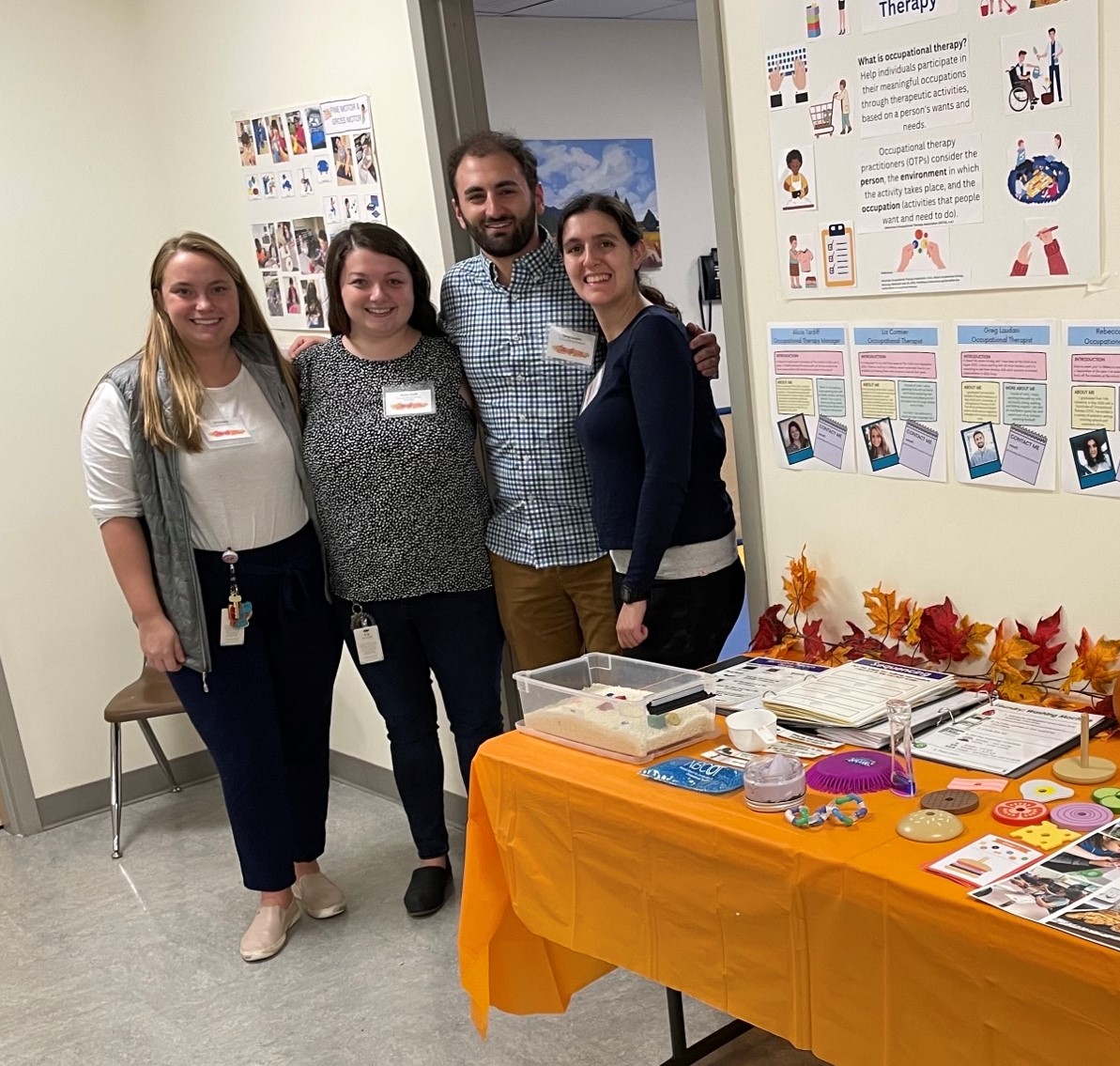February marks Low Vision Awareness Month, a time to recognize the challenges millions of people in the United States face with low or impaired vision. By definition, low vision refers to having a permanent vision impairment that prevents proper eyesight and makes everyday activities difficult. Most people in the United States with vision loss have a form of low vision rather than complete blindness.
At The Guild, providers serve students and adults with a range of vision abilities. This past summer, The Guild School’s education and clinical teams re-assessed their service delivery models after admitting several students at once with low vision.
“When we talked about how to best provide services for people with low vision, we started by asking how can we best adapt the environment to meet their needs?” explained Alicia Tardiff, Occupational Therapy Manager with The Guild.
The Guild’s Occupational Therapy (OT) department, which aims to teach students functional skills that will allow them to increase their independence in everyday activities, rolled out initiatives this year to improve accessibility for students with low vision. These projects included adding bright yellow paint on stairs and hallways to increase navigation access, enhancing lighting in school hallways, and modifying classroom configurations to provide additional walking space for students.
“We’re working towards implementing full universal design across classrooms, which means that instead of making targeted environmental adaptations, each class would be accessible for everyone regardless of their physical, social or emotional needs,” said Liz Cormier, Occupational Therapist with The Guild.
To achieve this, the OT team has led educational training sessions for Guild staff across school and residential departments that emphasize how vision accessibility modifications are part of the trauma-informed care framework utilized by The Guild.
“Our training focuses on how providers can best set up their space for student success, whether that means clearing pathways or reducing visual stimuli on walls,” said Alicia.
In addition to providing these workshops, the OT department has also created a sensory room complete with bean bag chairs, a hammock swing, and fidget toys that education staff can use to assist students in proactive emotion regulation. The team says that this space has the potential to be especially beneficial for students with low vision who might seek non-sight-based regulation methods to meet their needs.
“I’ve found that students with the most significant vision impairments respond strongly to the types of sensory input we’ve included in the room,” said Rebecca Rutta, Occupational Therapist with The Guild. “Since their other four senses are heightened, having the ability to bounce on a ball or listen to music is especially regulating.”
In the future, the OT team says they’d like to build an additional sensory room on the other side of the school to accommodate more students. For now, they’re looking forward to continuously improving their service delivery models to best serve students for years to come.


